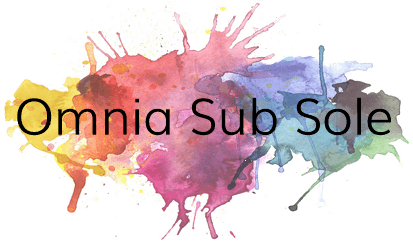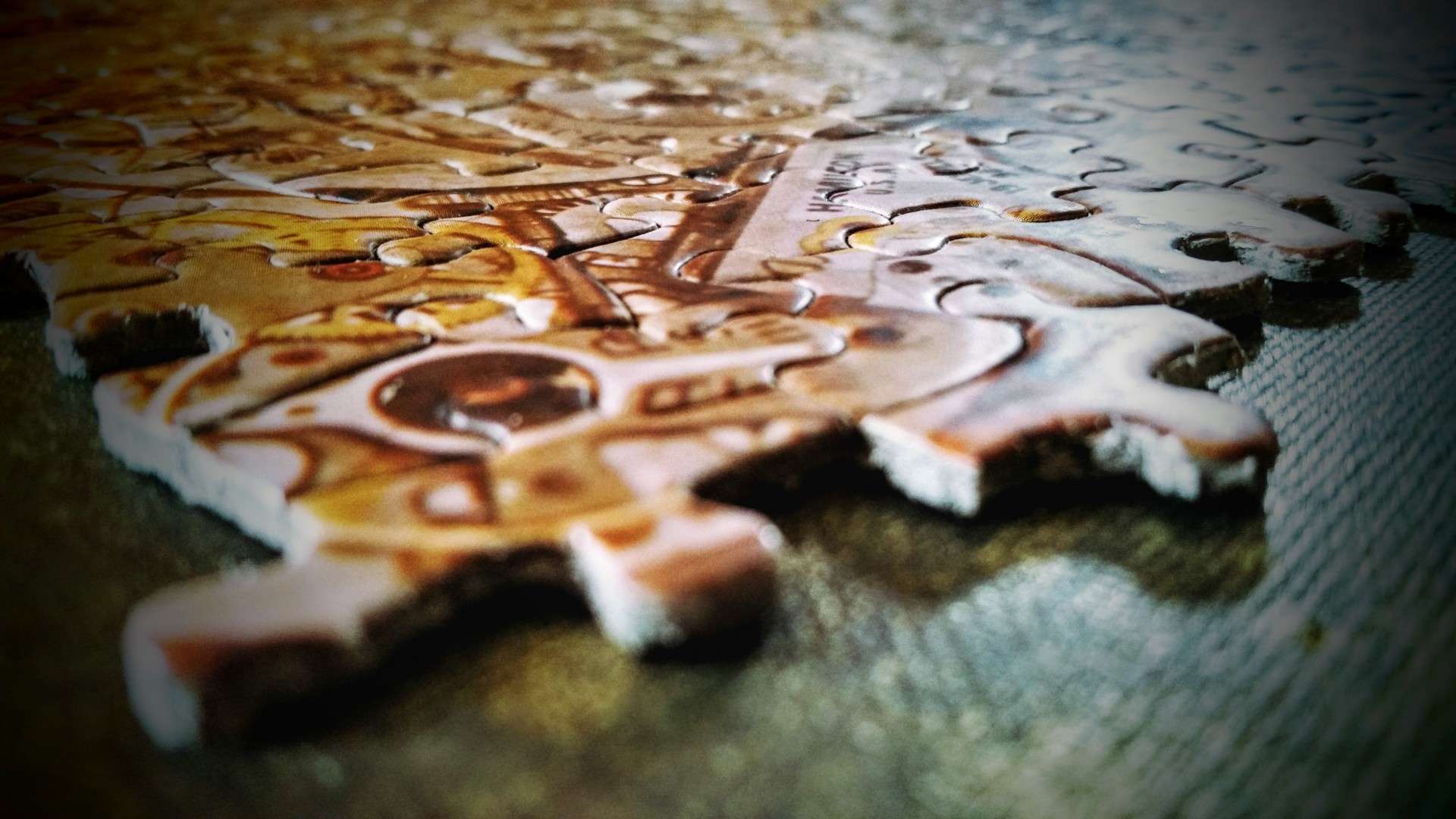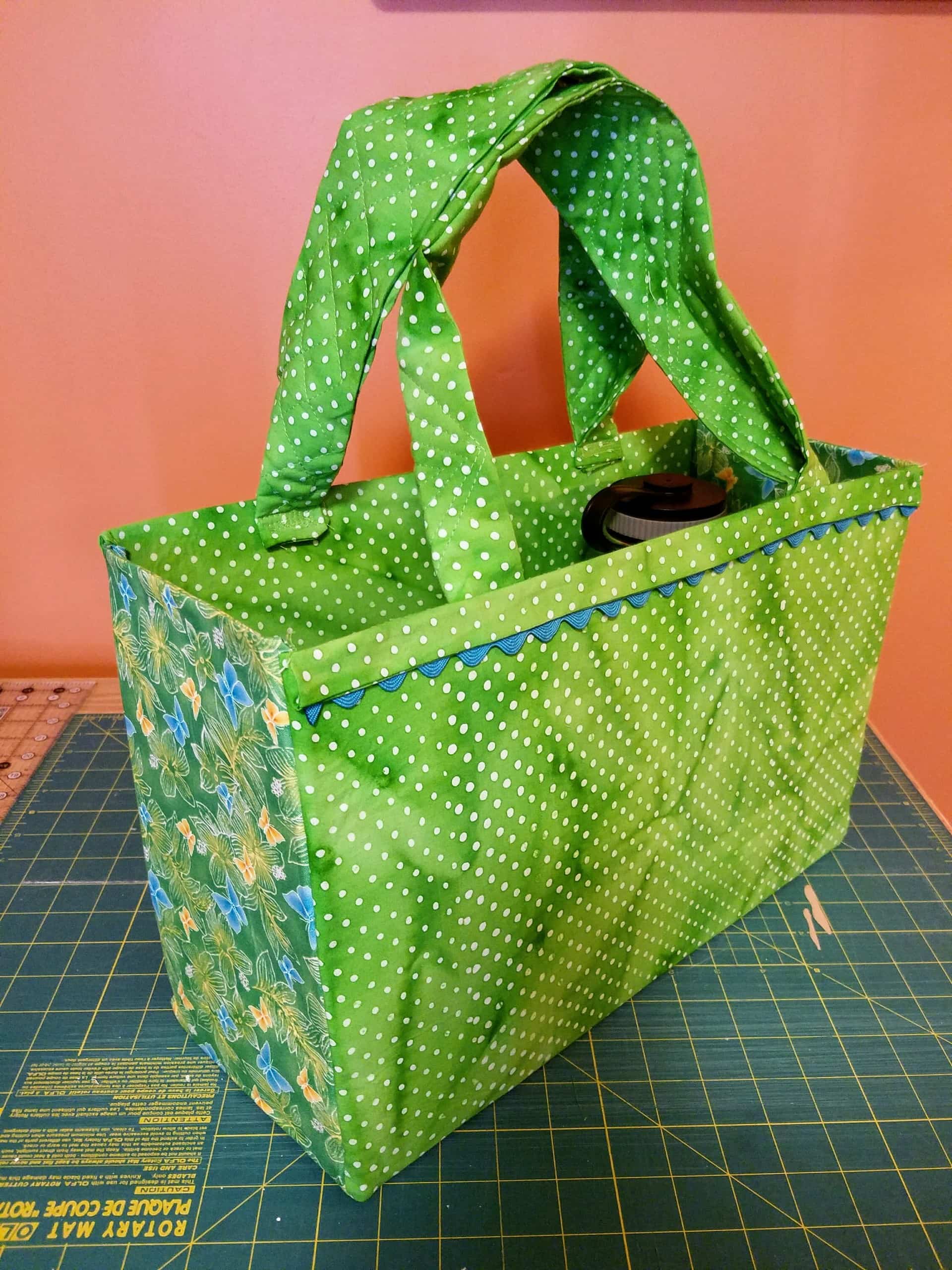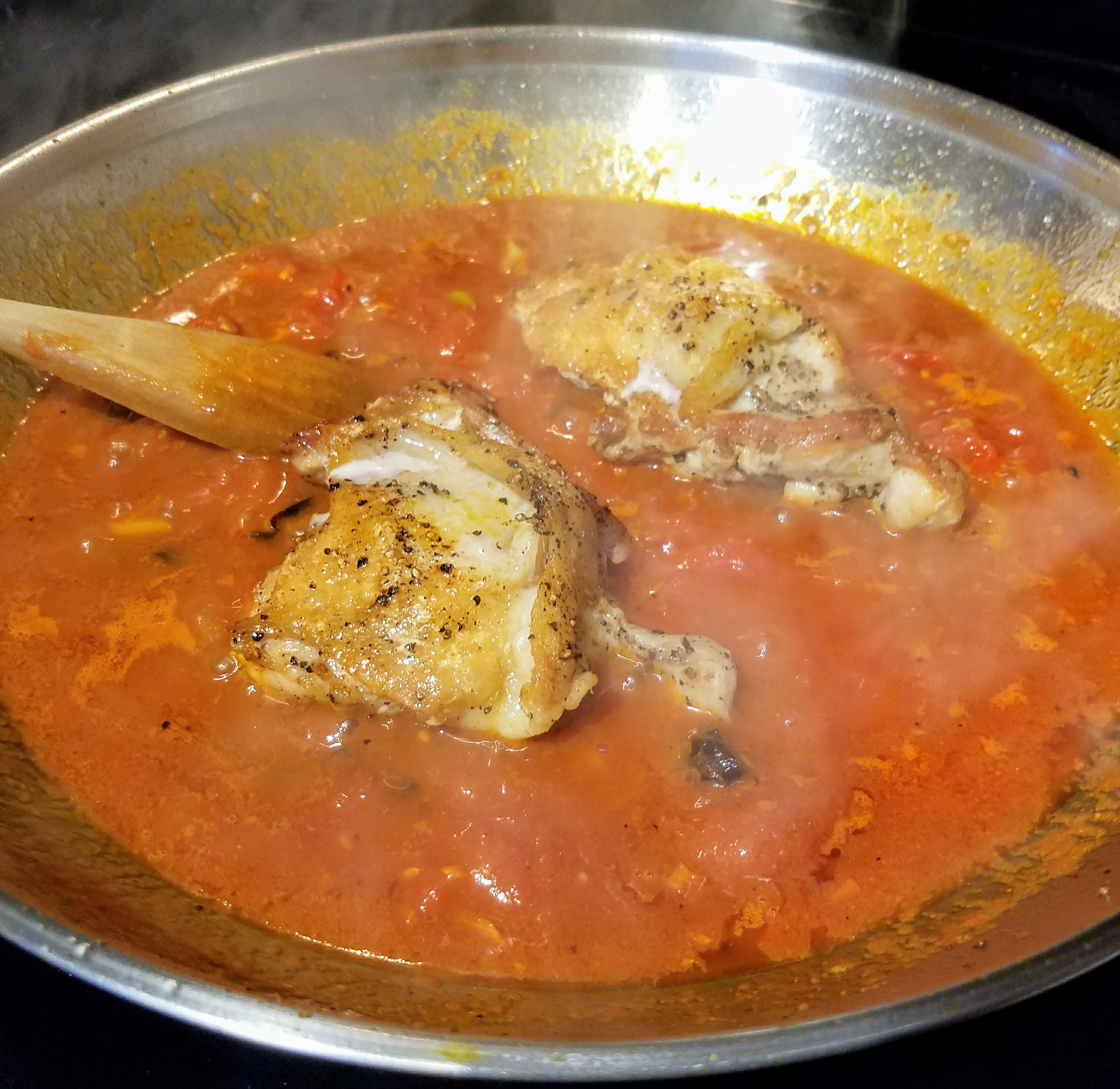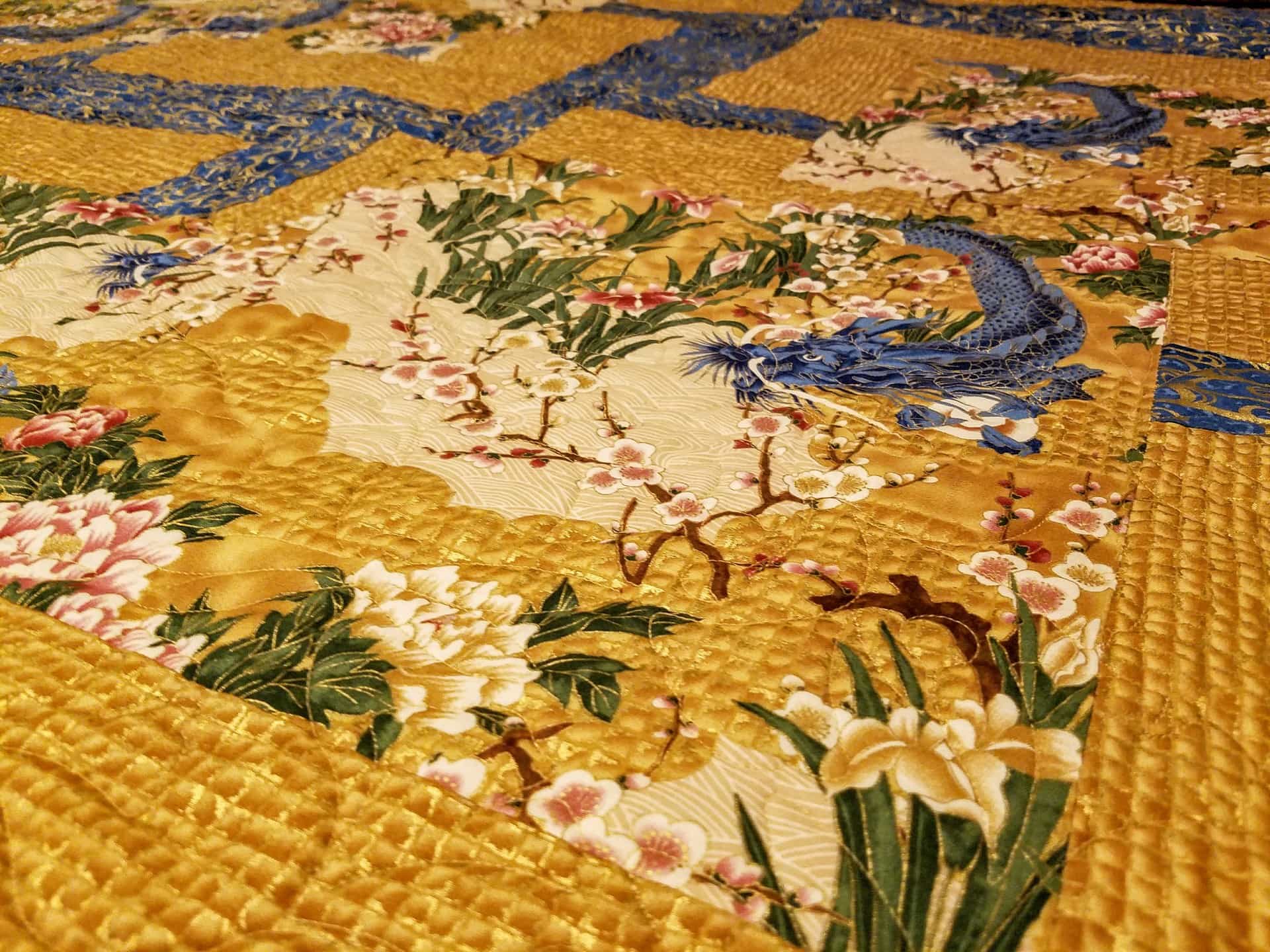Several years ago I obtained a puzzle that was a picture of clock gears and parts all strewn about; I don’t remember where or why. I’m not really a puzzle person, so having and doing the puzzle itself is a bit of a departure, but after it was completed, I didn’t want to let it go.
My sister-in-law’s grandmother is a puzzler and around her home are mounted and framed puzzles. They’re pretty intricate and make for good wall decoration when you want to think of your loved one and/or your loved one doesn’t dabble in fine art.
So, it ends that I have this puzzle, glued together and half-assedly framed. It’s not to my liking, but I like the content and want something better. I want something that fits our home and is wholly interesting.
Befo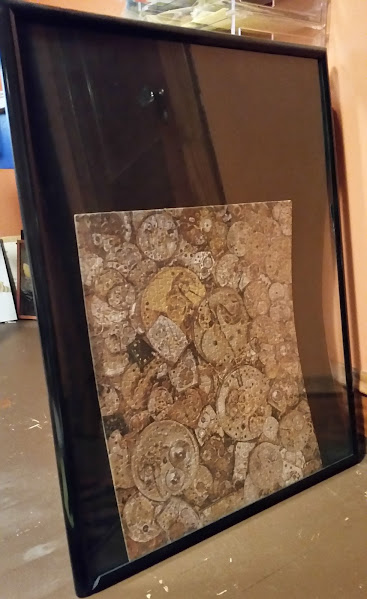 re:
re:
Now clearly, you can see that this did not work out. I had a nice enough frame, I had adhered the puzzle to a black backer-board…but never hung it up.
It sat in front of a heating vent for about a year and I think that messed up the glue we had used and the frame itself.
Ultimately, this was not the answer.
Sometimes you know what doesn’t work, but you have no idea how to make it work. This sat as you see it for about a year.
I procrastinate well.
Then I had an idea. What about mounting the puzzle on a canvas? Mixed media is typically pretty interesting and something that I have really wanted to try my hand at more thoroughly.
 In Process:
In Process:
So I bought a canvas, just a cheap one at Ye Olde Big Box Craft Store, and put a base layer of a lovely green I found in the mis-tints section of Ye Olde Big Box Home Improvement Store. It was a steal. $1 for a half pint of premium paint. I recommend the mis-tints section always!
I then used one of my rummage sale finds from a couple weeks ago, a very cool tiny exacto knife, to cut the edge off the puzzle. The puzzle size was so close to the size of the canvas that it looked ridiculous and I was super not interested in returning to the store.
Plus, a tattered edge is much cooler than a straight edge…I mean, pirate maps always have cool edges, right?
I didn’t want the background a boring samey-same color, so I played around a bit and made it less monochromatic. I’ve watched Mike Deakin on YouTube and he has a tutorial on making your own spritzers for acrylics. I used his instruction to make a spritzer out of my Grumbacher Thalo Gold, one of my favorite acrylics. I love this paint as it goes on smooth and adds a translucent pearly quality that really catches the light.
I spritzed, but it didn’t feel quite deep enough, so I added a touch of mocha spray paint around the edges to soften and add a kind of vignette feel. I think it worked!
After:
